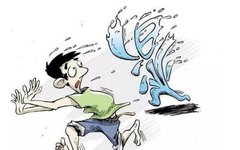Spleen Dampness and Phlegm-Dampness are both terms used in Traditional Chinese Medicine (TCM). Spleen Dampness is one of the common syndromes in TCM, while Phlegm-Dampness refers to a symptom of the body’s constitution. There are significant differences between the two.
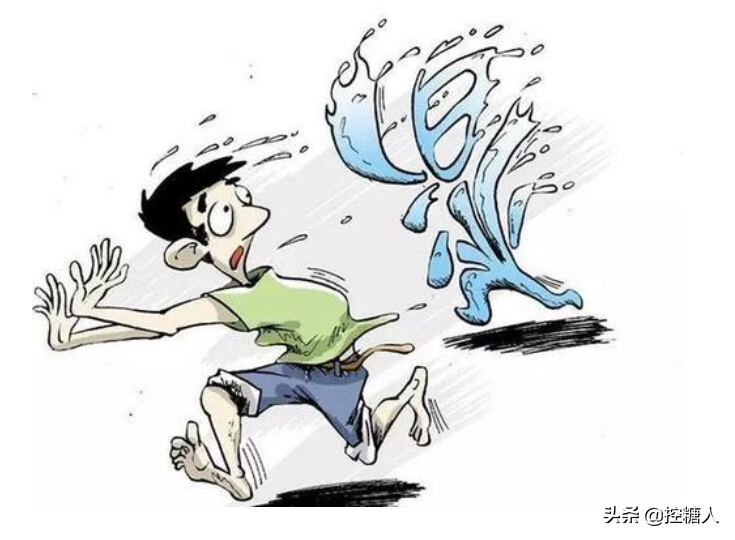
Spleen Dampness
Spleen Dampness, also known as Middle Jiao Damp-Heat (zhōng jiāo shī rè), refers to a series of symptoms caused by the obstruction of the spleen and stomach by dampness.
Classification: Spleen Dampness can be classified into excess and deficiency types. The excess type can be further divided into cold-damp and damp-heat; the deficiency type can be divided into spleen qi deficiency and spleen yang deficiency.
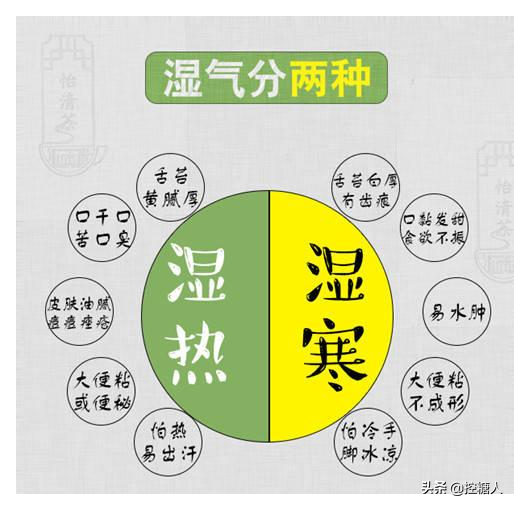
Causes: It is often caused by insufficient vital energy (yuán qì), spleen dysfunction, irregular diet, internal obstruction of dampness, and the internal generation of phlegm turbidity.
Main Symptoms: Symptoms include fatigue, pale yellow complexion, generalized edema, short and dark urine, abdominal distension, heaviness in the head and body, poor appetite, a sticky and unpleasant mouth, excessive phlegm, loose stools that are not well-formed, a pale and swollen tongue with tooth marks, and a white greasy coating.
Treatment Principles: Strengthen the spleen and transform dampness.
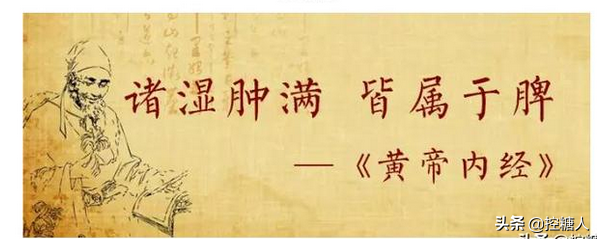
Commonly Used Chinese Patent Medicines: Common patent medicines include Gui Pi Wan (Return the Spleen Pill), Jian Pi Wan (Strengthen the Spleen Pill), Liujunzi Wan (Six Gentlemen Pill), Muxiang Shunqi Wan (Aucklandia Qi Regulating Pill), Huo Xiang Zheng Qi Wan (Agastache Correct Qi Pill), Ping Wei San (Calm the Stomach Powder), Fuzi Lizhong Wan (Aconite Regulate the Center Pill), and Shen Ling Bai Zhu San (Ginseng, Poria, and Atractylodes Powder).
-
If spleen deficiency is the main issue leading to the internal generation of damp turbidity, characterized by loose stools and poor appetite, Shen Ling Bai Zhu San may be selected.
-
If spleen yang deficiency is predominant, with cold pain in the stomach area, Fuzi Lizhong Wan may be chosen.
-
If dampness is heavy, presenting with a thick white greasy tongue coating and accompanying cold symptoms, Huo Xiang Zheng Qi may be used.
Since Spleen Dampness can be classified into different types, it is essential to accurately differentiate the syndrome before selecting the appropriate medication for treatment.
Regulation Methods:
-
Improve poor lifestyle and dietary habits by consuming light, nutritious, and easily digestible foods. Include foods like Shan Yao (Chinese Yam), Yi Yi Ren (Job’s Tears), Hong Xiao Dou (Red Adzuki Beans), and Lian Zi (Lotus Seeds) in soups and porridge.
-
Maintain a regular schedule and avoid staying up late. Engage in moderate exercise, such as brisk walking or jogging for 40-60 minutes daily, at least five times a week, to promote sweating.
-
Keep the abdomen warm, avoid prolonged exposure to damp environments, and regularly sunbathe bedding to maintain a dry and ventilated home.
-
Methods such as moxibustion and cupping can also be used to dispel dampness, focusing on acupuncture points such as Zu San Li (Stomach 36), Zhong Wan (Ren 12), Pi Shu (Spleen Back Shu), Wei Shu (Stomach Back Shu), and Yin Ling Quan (Spleen 9).
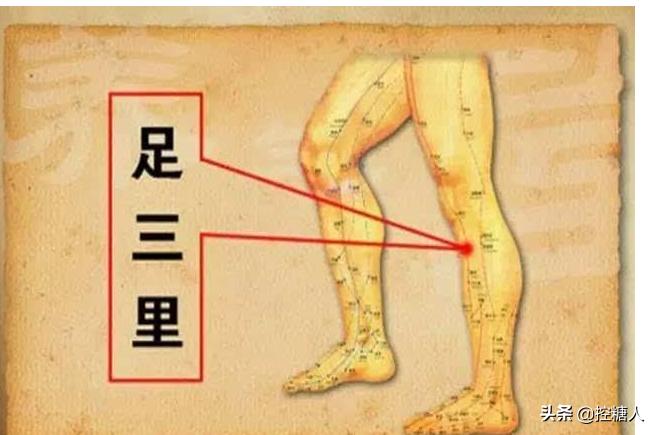
Phlegm-Dampness
Phlegm-Dampness refers to a symptom of the body’s constitution, indicating a phlegm-damp constitution where phlegm and dampness are pathological metabolic products within the body.
Causes: In TCM, the formation of phlegm-dampness is closely related to the dysfunction of the lungs, spleen, and kidneys. Among these, the dysfunction of the spleen’s transportation and transformation is the most prominent, as the spleen governs the transformation of water and dampness, while the lungs serve as the reservoir for phlegm. Therefore, the symptoms of phlegm-dampness are primarily associated with the spleen and lungs.
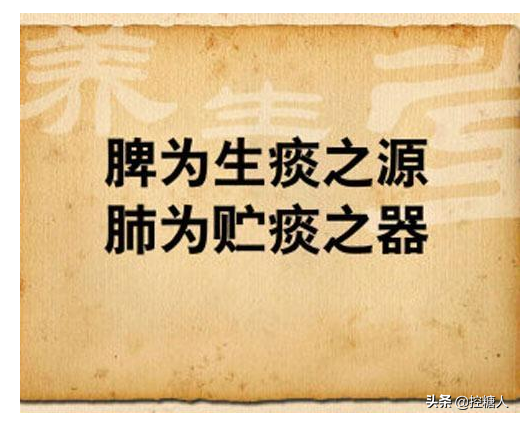
Main Symptoms: Symptoms include obesity, easy swelling of the limbs, cough with phlegm, thin white phlegm in large amounts, a bland mouth with no thirst, poor appetite, heaviness in the head and body, easy sweating, a swollen tongue, pale tongue body with a white greasy coating, and a slippery pulse.
Treatment Principles: Transform phlegm and stop cough, strengthen the spleen and transform dampness.
Commonly Used Chinese Patent Medicines: Common patent medicines include Gui Pi Wan, Jian Pi Wan, Muxiang Shunqi Wan, Fuzi Lizhong Wan, Shen Ling Bai Zhu San, and Jin Shui Bao (Golden Water Treasure). Formulas such as Er Chen Tang (Two Cured Decoction) and San Zi Yang Qin Tang (Three Seed Nourishing Decoction) can be adjusted as needed.
Regulation Methods:
-
Maintain a light diet, avoiding cold, overly sweet, and overly salty foods that can generate phlegm. Avoid rich and greasy foods that can damage the spleen and stomach, leading to reduced spleen and stomach function.
-
Consume more vegetables and fresh fruits, including Hai Dai (Kelp) and Dong Gua (Winter Melon), and include moderate amounts of spicy foods like ginger and dried ginger.
-
Avoid living in damp environments and engage in regular exercise, such as jogging, walking, swimming, or practicing Tai Chi. This helps reduce weight and improve constitution.
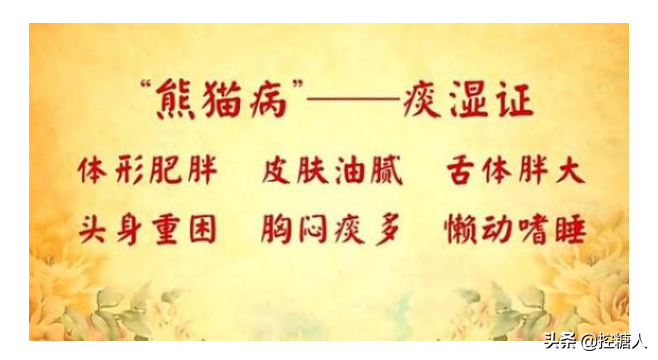
What is the Difference Between Spleen Dampness and Phlegm-Dampness?
From the perspective of TCM, Spleen Dampness is a causative factor that can lead to different syndromes, while Phlegm-Dampness is a disease name that refers to a symptom of the body’s constitution, resulting from the dysfunction of the spleen’s transportation and transformation of water and dampness.
As seen from the above causes and main symptoms, Spleen Dampness and Phlegm-Dampness are indeed different.
However, they share a commonality in their strong relationship with the dysfunction of the spleen and stomach, which leads to many similar symptoms, such as edema, heaviness in the head and body, and a white greasy tongue coating. These clinical manifestations can be challenging to distinguish completely. Generally, TCM practitioners will prescribe medication based on the specific symptoms and presentations of the patient.

